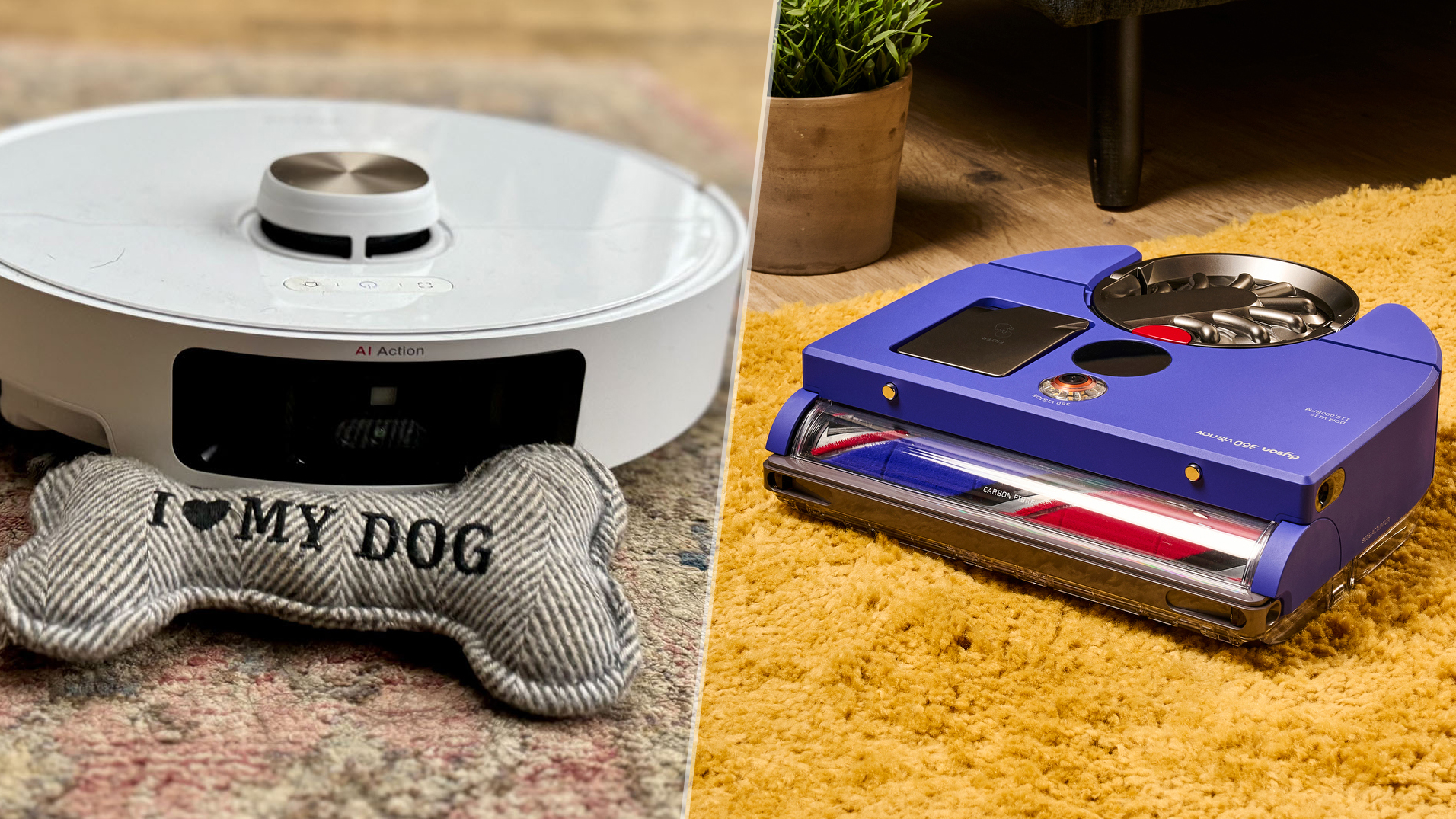
Robot vacuum cleaners have significantly transformed how we approach home cleaning. Today's best robovacs bring efficiency and convenience into everyday life, leaving us with more time to do the important things, like bingeing on Netflix with a bucket of popcorn and a glass of wine.
While the majority of contemporary robovacs are extremely efficient at keeping floors in tip-top condition on a regular basis, I still think there's room for improvement, especially in terms of design and aesthetics. With this in mind I've come up with five key elements that I'd love to see come to fruition in 2025 and beyond. Here we go…
1. D- or square-shaped robots
I never questioned the circular design of robot vacs until iRobot launched the excellent Roomba S9+ in 2019, the first D-shaped model with a brush bar that almost covered the entire width of the front end. This got me thinking. Why are nearly all robot vacs circular when 99 per cent of the world's homes are square shaped with right-angled corners in every room? Surely a D- or square-shaped robot would be better at reaching into corners?
Instead, the majority of robot vac manufacturers continue to produce circular models with a silly little side-mounted spinning brush designed for flicking dust along the edges and corners of a room towards the main suction area. Some manufacturers like Roborock and Dreame have even taken to equipping their premium models with side brushes that cleverly extend outwards on an arm so they can reach more easily into a corner. I like that. But what if their bots had a square front end, too? Surely that would be even better for corner and edge sweeping.
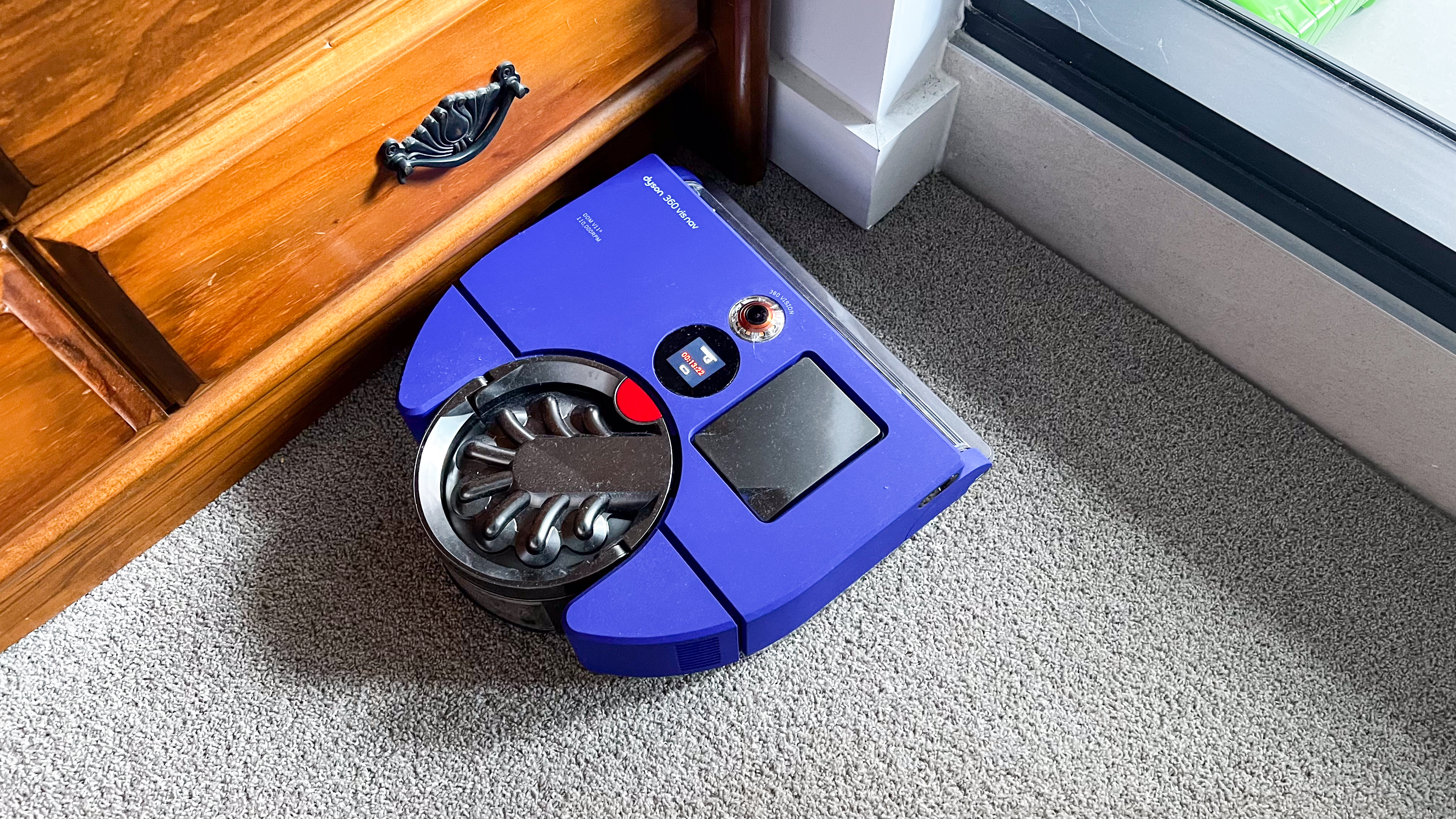
Another thing about circular bots is that their main brush bars are sandwiched between the wheels, and the wheels themselves are positioned an inch or more away from the sides of the robot. Most circular robot vacs are around 33cm / 13" in width but their centrally-located suction areas are just 17cm / 6.7" in width on average, which means that there is about 16cm (6") of wasted space that does absolutely nothing from a vacuuming point of view. This seems absurd to me.
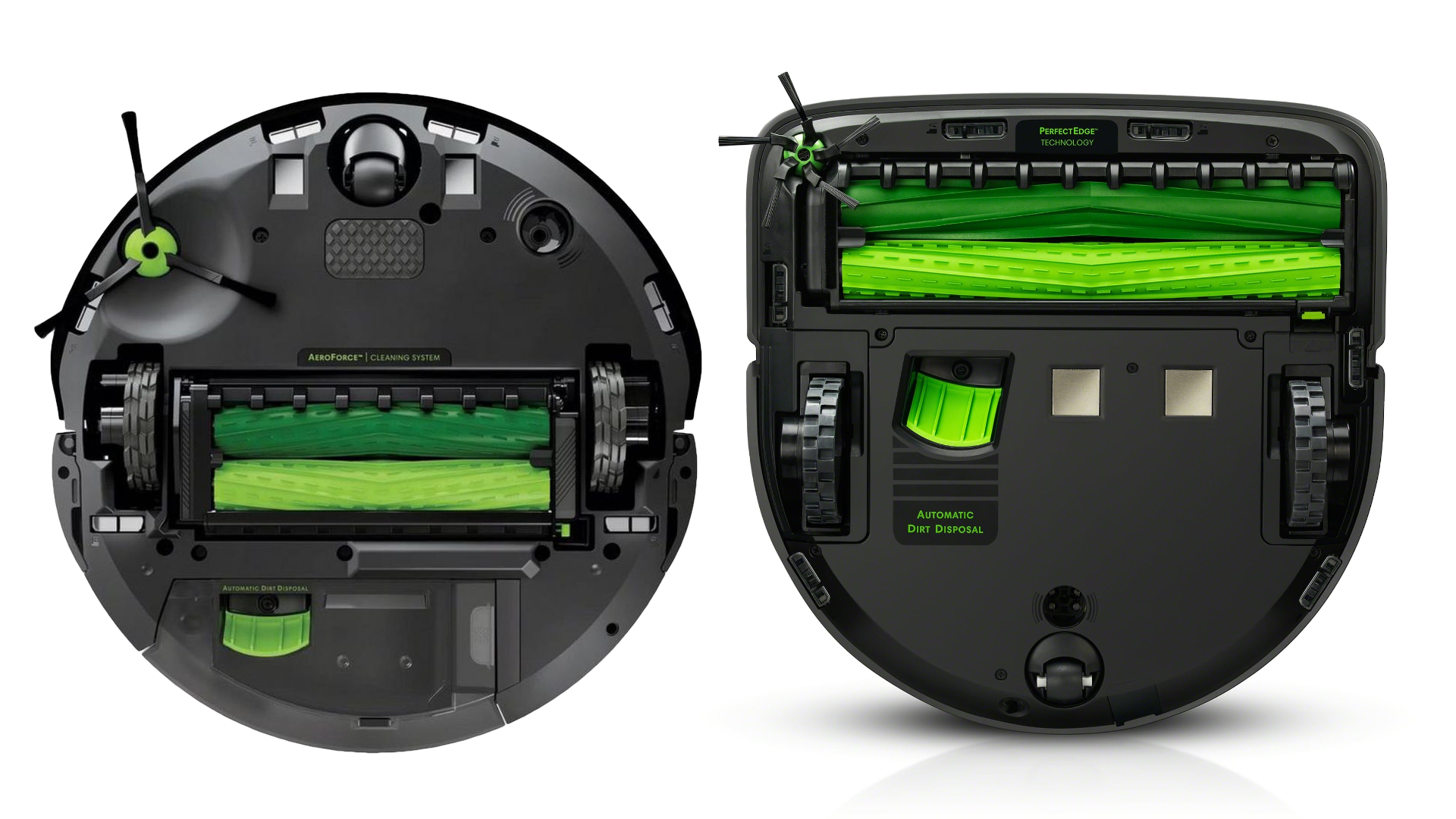
Take the Dyson 360 Vis Nav, for instance. Although it doesn't have the greatest navigation, I think this bot is a prime example of how every robot vac should be manufactured. Not only is this undeniably handsome model D-shaped, but its whopping 26cm front-mounted brush bar covers almost the entire width of the unit, and that means it effectively sweeps a much wider path, saving time and battery power in the process while cleaning skirting boards and corners more effectively.
To date, the only modern robot vacs to sport a square front end are the aforementioned Vis Nav, the square-ish Eufy Omni S1 Pro, the unique tractor-like Samsung Jet Bot AI+, the D-shaped Ecovacs Deebot X2 Omni and its premium stablemate, the X5 Pro Omni, which I hope to be reviewing soon. Let's have more of this style of robot please!
2. Vacuum-only premium models
I can't remember who first fitted a mop to the rear end of a vacuuming robot but it seems that it's almost impossible to buy a premium model without a mopping system attached. There are perfectly valid reasons why many householders would like their robot to mop as well as vac but I personally hardly ever use the mopping function because I'm lucky enough to have a cordless mopping machine that does a much better job, as and when I need it. And I don't think I'm the only one, according to some Reddit forums.
The trouble is that every mid to high-end robot vac automatically comes with a self-cleaning mopping system while only the cheaper models provide a vacuum-only function. What I want to see is a premium vacuum-only model with no mopping malarky and a cleaning dock containing a dust bag that's three-to-four times the size of today's average.
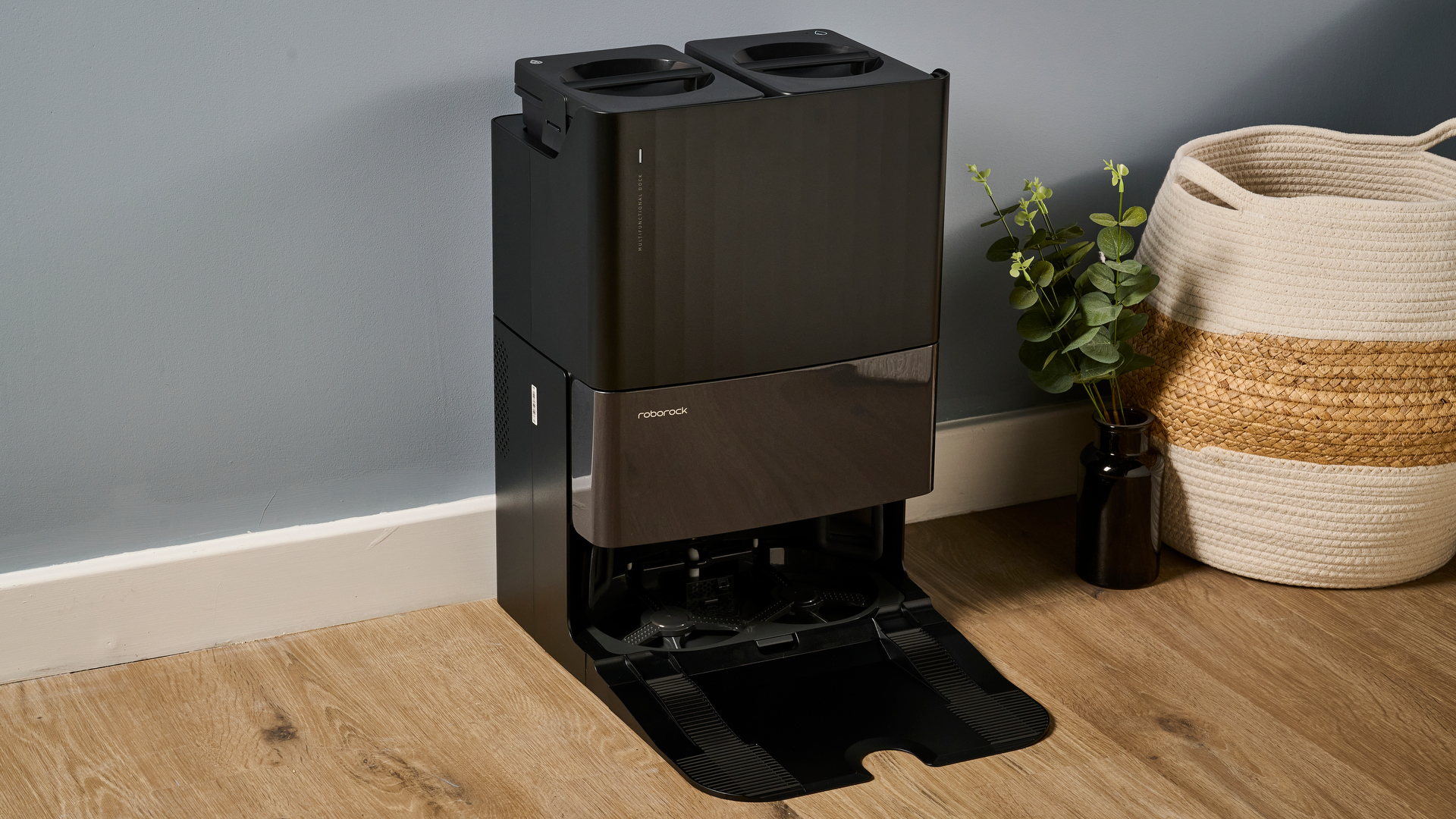
Why? Well I have two shedding labradors and three cats and I have to change my Roborock Qrevo Curv's two-litre dust bag every second week just because of the huge amount of hair that's collected on an almost daily basis. I have another Roborock S8 MaxV Ultra upstairs and this area is fitted with older carpets I inherited from a previous owner. As as a result of the carpets' age, the S8 Max V Ultra collects so much old carpet fibre and pet hair that it fills the dock's bin in about a week.
So please, dear robot tech bods, forget filling all the space in a dock with water tanks for a mostly insufficient mopping system and give me one whopping dust bag that won't need replacing for at least a couple of months. Such a model would surely shoot straight to the top of TechRadar's best robot vacuums for pet hair guide. Thank you.
3. Better looking cleaning docks
What I'm about to say relates to practically every robot vac that comes with a cleaning station. The vast majority, in other words. Namely, why are their docking bays/clean bases – whatever you want to call them – so unattractive, mostly available in clinical white and clad in the sort of shiny plastic that attracts dust like flies to a cowpat? After all, these megaliths need to be located somewhere practical with unobstructed access to the rooms their bots will be cleaning. And that means positioning them somewhere within sight, usually a hallway, the living room or kitchen.
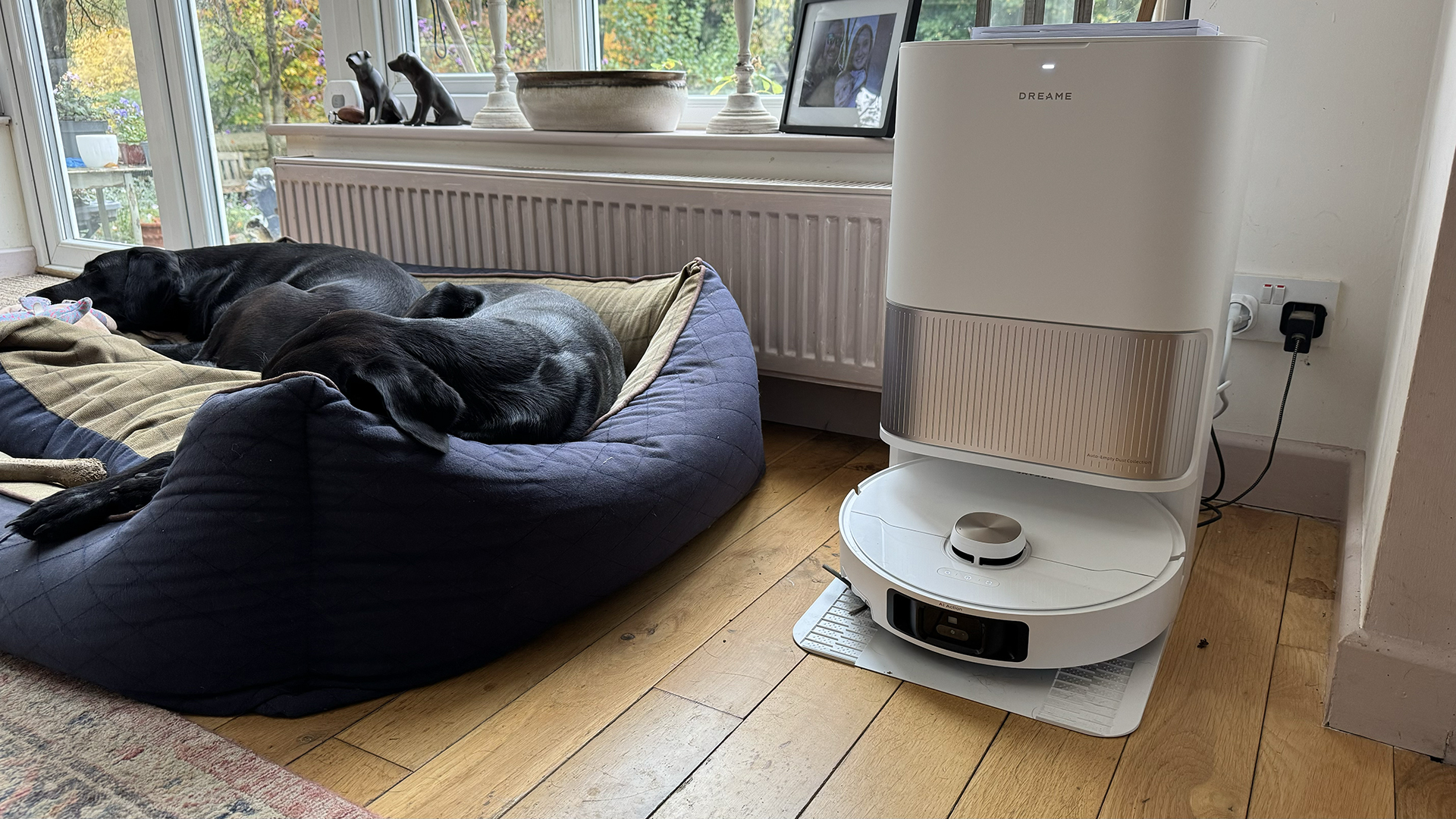
Of all the robot vacs I've ever reviewed, only iRobot and Eufy seem to have made any effort to make their cleaning stations at least a bit aesthetically pleasing. Personally, I'm amazed that manufacturers haven't experimented with various styles of wood cladding for their charging docks (pine, oak, cedar, walnut, etc), or even some leather in various textures so that their wares blend in with their surroundings.
After all, if it means locating your robot's dock in a very visible area like the living room – which is often the case – shouldn't it at least fit in with the decor and furnishings instead of sticking out like an ugly carbuncle? We don't live in laboratories, so come on all you lovely robot vac manufacturers: start producing robot docks that people would actually like to have in their homes.
4. Improved LiDAR and camera navigation
There are two main types of navigation that most robot vacuum cleaners use: laser-based LiDAR and camera-based vSLAM. LiDAR is far and away the fastest and most accurate form for room mapping and general navigation though it does have one major pitfall – robots equipped with it will almost certainly avoid punching through a bed or sofa valance, or indeed any form of fabric boundary. This means that most LiDAR-equipped robot vacs will never vacuum under a bed or sofa fitted with a valance unless it is lifted and tucked in advance.
Conversely, while much slower and less accurate at mapping a room, camera-based vSLAM robots have no issue venturing beyond valances because they mostly use a bump-and-run approach. Hence, when they drive into a valance and sense some movement in it when they touch, they usually continue onwards under the valance to vacuum under a sofa or bed.
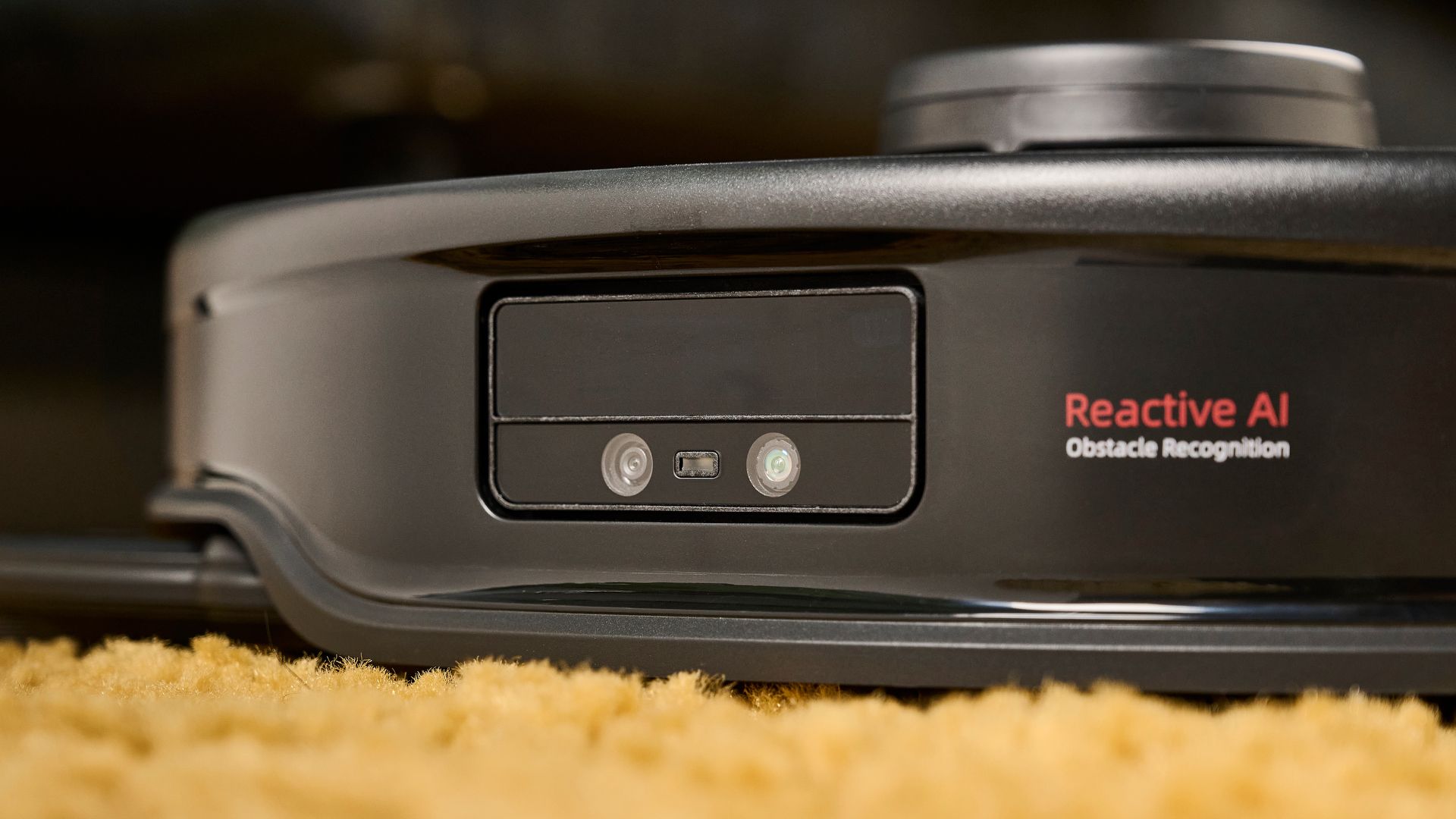
Many modern high-end robot vacs I've reviewed are fitted with both LiDAR and a camera, sometimes even two cameras. However I've never had one ignore my sofa valance and punch straight through, so what I'd like to see in 2025 and beyond is some kind of sensor system that involves a light touch when a robot approaches a valance or a low-slung bedspread. If it detects movement in the obstacle, it should gently move forward until it's stopped by something solid. If nothing firm stops its progress it should then continue to vacuum beyond.
Given that so much dust and hair gathers beneath beds and sofas, a system that is capable of ignoring any soft barriers would be a major boon. And it needn't be a disaster if the user didn't want their robot to perform such an act because every robot vac's accompanying app provides the wherewithal to add virtual boundaries and no-go zones. It's a win-win situation.
5. Bin-full sensor
Currently I don't believe robot vac manufacturers are allowed to fit 'bin full' sensors on their robots due to an existing patent by iRobot which, according to Google Patents, is set to expire in May 2027. This patent enables iRobot models to return to their self-cleaning docks in the middle of a cleaning session whenever the bin sensor 'detects that the amount of debris within the collection chamber is greater than a predetermined amount'.
As a result, all other models have to continue their cleaning sessions even when their tiny internal bins are already full rather than head back to their clean stations to have their bins automatically emptied into the dock's large dust bag.
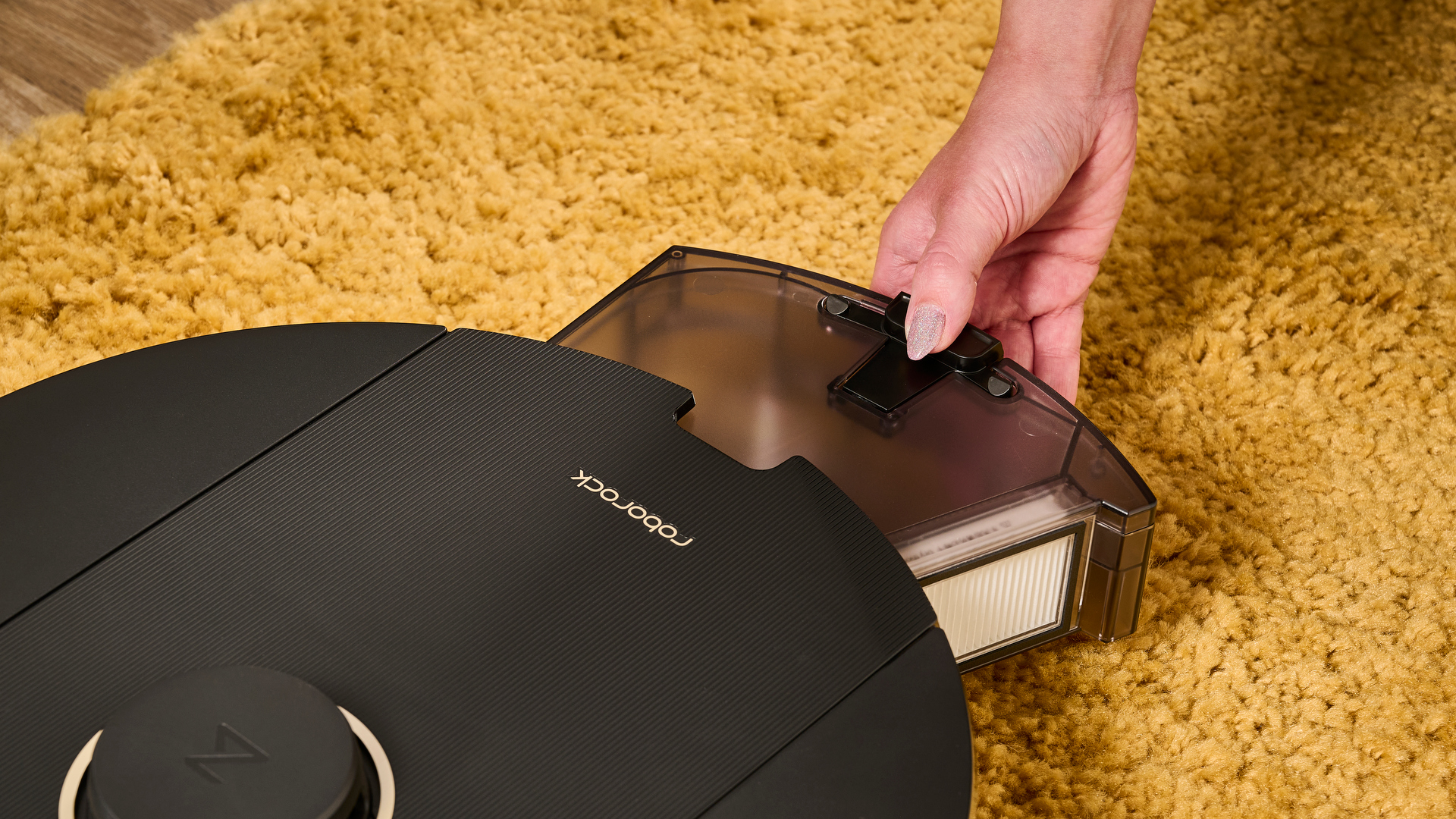
If you have shedding pets in the home, it's almost a dead certainty that the robot's internal bin will fill with pet hair well before it's finished its cleaning task. And that means any subsequent vacuuming could eventually clog up the suction tube without the robot being aware.
Thankfully, some robot manufacturers like Roborock get around this issue by providing an option in their app to select frequent emptying for households with pets. But wouldn't it be great if all manufacturers could fit their robots' tiny bins with a sensor that tells them to return to their docks for an emptying session before heading back out to finish the task? Guess we'll have to wait till 2027 or thereabouts.







